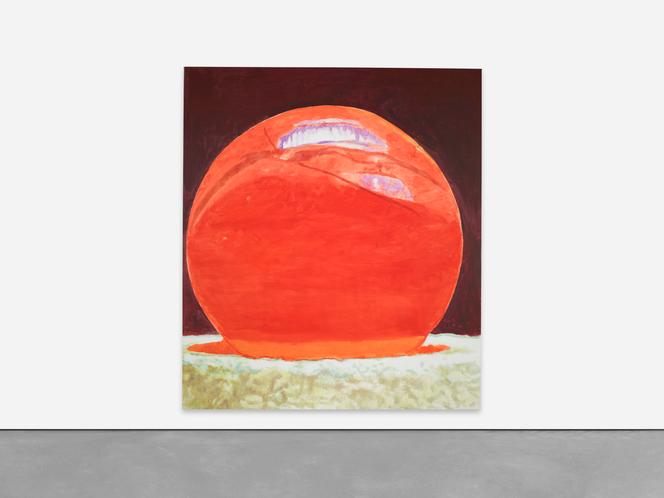

Arts
The nuclear threat. It had somewhat disappeared from people's minds, but Vladimir Putin, Kim Jong-un and a few others have brought it back to the forefront. And until February 9, 2025, the issue occupies the halls of the Musée d'Art Moderne in Paris for a topical exhibition. "The Atomic Age" explores the theme through visual art. The artworks are complemented by documentary sections featuring an accumulation of often repetitive texts and images. There are so many of them, hung so tightly together, that it can be hard to tell which label belongs to which piece, and the eye struggles to find a focal point. The same applies to the paintings, which follow each other along the walls at a relentless pace. The entire exhibition requires a lengthy visit, and it's best to allow two hours to absorb it all.
In this sea of works, there are several pivotal pieces, beginning with the one that welcomes visitors at the entrance: Pagan Void, by Barnett Newman (1905-1970). It features a black circle at the center of a white cloud that appears liquid, with blue splashes floating within. Since Newman was American and the work dates from 1946, its presence here suggests a reference to the bombings of Hiroshima and Nagasaki the previous year.
This interpretation is not the only one that can be suggested and some have even seen it as a representation of an eclipse. However, whatever interpretation one chooses, few works evoke such a dense sense of fear through the use of color and form. At the other end of the exhibition is Eternity by Luc Tuymans, a large red sphere radiating light, the origin of which is unclear – whether it is the cloud of an explosion or the dome imagined by the Nazi physicist Werner Heisenberg, one of the key figures in the Uranium project initiated by Hitler in 1939. Again, it is the form and chromatics of the piece that lend it its power, more than what it might depict. In this way, the two works resonate with each other from a distance.

Others are just as remarkable and raise no fewer questions. Do they definitely relate to the nuclear issue? For some, it's certain, as the artist's intention is clear. For his 1945 painting Uranium and Atomica Melancholica Idyll, Salvador Dalí chalked up plenty of symbols. There's no shortage of bombers, bombs and pale specters against a black background. There's no ambiguity and no emotional resonance – just a laborious stylistic exercise. Gianni Dova's Composizione Nucleare ("Nuclear Composition," 1952) is infinitely more expressive, although Dova is less well-known than Dalí and his painting is almost abstract, not narrative. Even so, its title is explicit. This is not the case with Le Droit de l'Aigle ("The Eagle's Right," 1951), by Asger Jorn, L'Impensable ("The Unthinkable," 1958), by Roberto Matta, or Spazio Luce ("Space Light," 1960), by Francesco Lo Savio. Yet, there's no doubt that they fit within the subject, each in their own way, and that their creators project the anxiety of humanity's erasure through painting.
You have 56.42% of this article left to read. The rest is for subscribers only.
